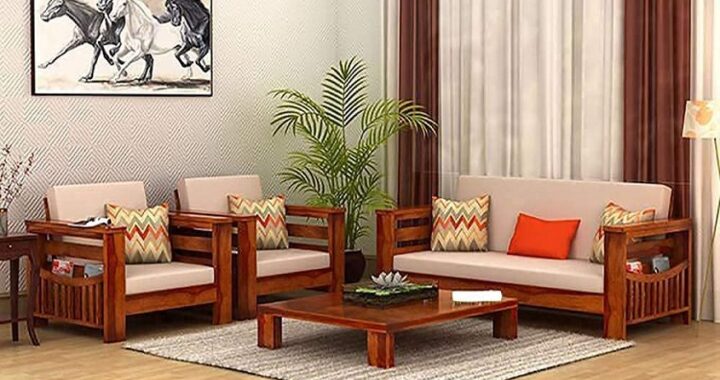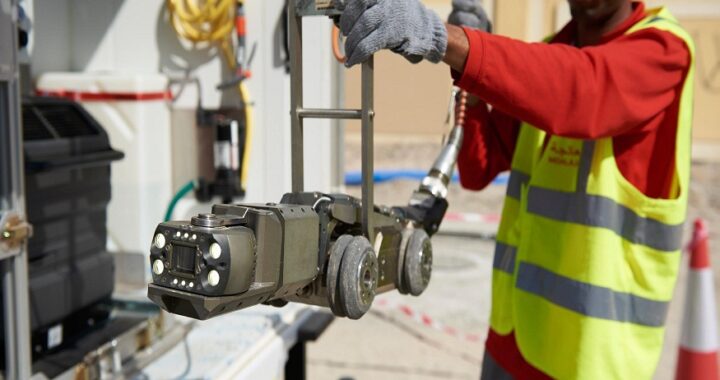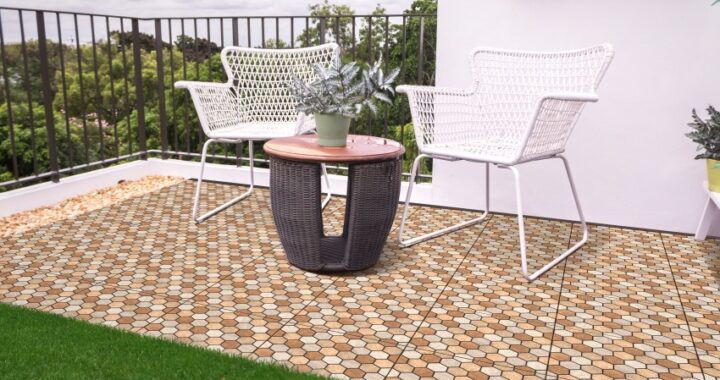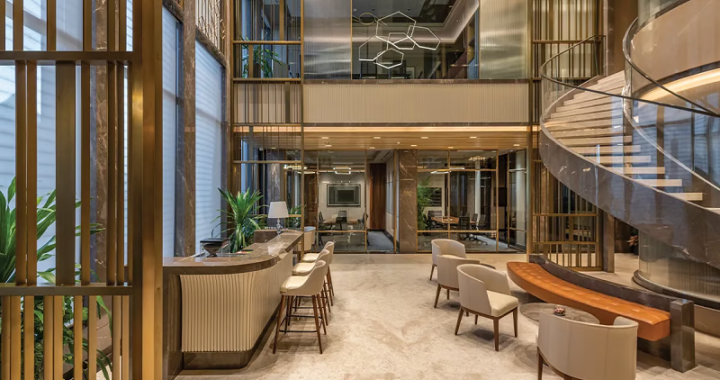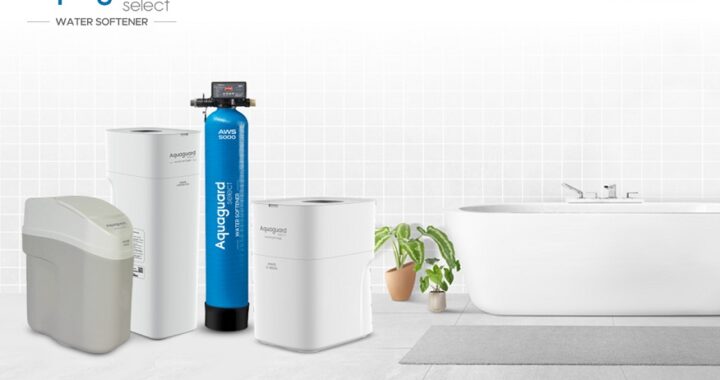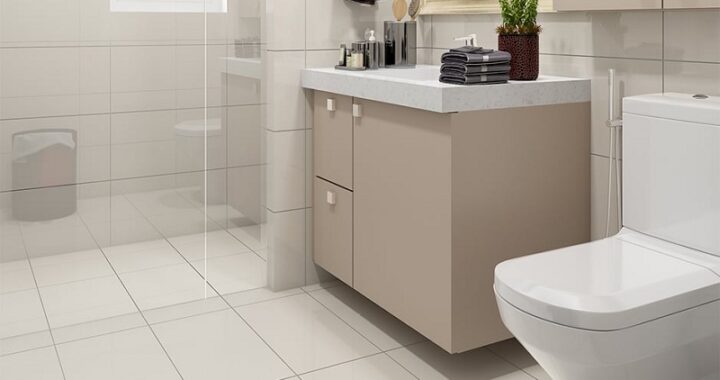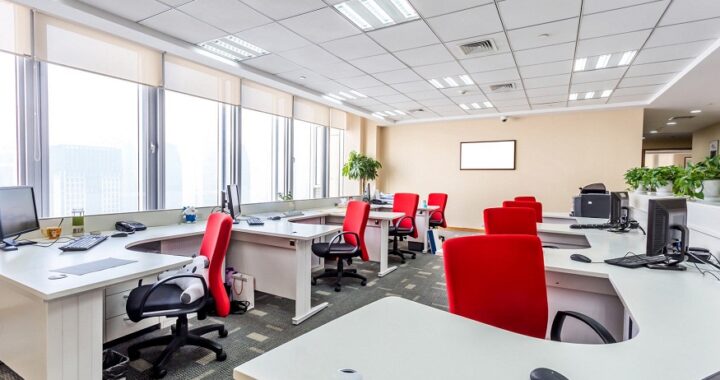The Essential Guide to Streamlining Your Office Renovation Project
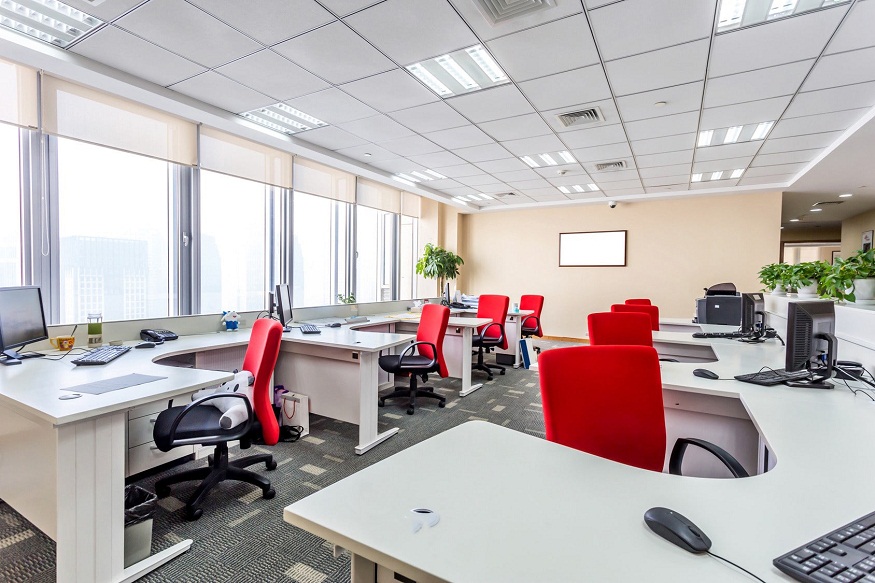
A well-planned office renovation in Singapore can transform a workspace, enhancing functionality, aesthetics, and efficiency. However, without proper organisation, the process can become overwhelming, leading to delays and unexpected costs. Streamlining the renovation process ensures a smooth transition from planning to completion, minimising disruptions while achieving the desired outcome. Careful coordination, clear objectives, and strategic decision-making help create a workspace that supports productivity and long-term success.
Defining Clear Renovation Goals
Establishing clear objectives at the beginning of the renovation helps guide every decision throughout the project. Whether the focus is on creating an open layout, improving lighting, or upgrading technology, having a defined vision ensures that every design element aligns with the office’s needs. A well-structured plan prevents unnecessary changes that could lead to increased costs and extended timelines.
Optimising Space for Efficiency
An office renovation presents the opportunity to enhance space utilisation and improve workflow. Thoughtful placement of workstations, meeting rooms, and communal areas creates a balanced environment that supports both collaboration and focused work. Multi-functional furniture and flexible layouts maximise the available space, allowing for future adaptability as the business grows. Strategic planning ensures that every square metre is used effectively without creating clutter.
Selecting Durable and Functional Materials
The choice of materials influences the longevity and maintenance of an office renovation. High-quality flooring, wall finishes, and furniture should be both stylish and durable to withstand daily use. Selecting low-maintenance materials reduces long-term upkeep costs while maintaining a professional appearance. A combination of neutral tones with subtle accents creates a timeless aesthetic that remains relevant over time.
Enhancing Lighting for a Productive Environment
Lighting plays a crucial role in employee comfort and productivity. Natural light should be prioritised where possible, as it enhances mood and reduces eye strain. Complementing it with efficient artificial lighting ensures that all areas remain well-lit throughout the day. Adjustable lighting solutions offer flexibility, allowing employees to tailor brightness levels based on their tasks, creating a more adaptable workspace.
Incorporating Ergonomic and Comfortable Design
Employee well-being should be a priority in any office renovation. Ergonomic furniture, such as adjustable desks and supportive chairs, helps create a comfortable working environment that reduces fatigue. Breakout areas with inviting seating provide spaces for informal discussions and relaxation. A well-designed office promotes health and efficiency, ensuring that employees feel supported in their daily tasks.
Minimising Disruptions During the Renovation
Careful planning helps reduce downtime and maintain business continuity during an office renovation. Scheduling work in phases ensures that essential operations continue without major interruptions. Communicating timelines and temporary workspace arrangements to employees allows for smoother transitions. Coordinating with contractors to establish clear deadlines helps keep the project on track while minimising inconvenience.
Integrating Smart Technology for Efficiency
A modern office benefits from the seamless integration of smart technology. Automated climate control, wireless connectivity, and digital meeting solutions improve efficiency and workflow. Investing in adaptable technology during an office renovation ensures that the workspace remains functional and future-ready. Smart solutions enhance collaboration, communication, and overall workplace efficiency.
Creating a Cohesive and Professional Look
The overall design should reflect the company’s identity while maintaining a polished and inviting atmosphere. A well-coordinated colour scheme, quality finishes, and functional layouts contribute to a professional aesthetic. The reception area sets the tone for visitors and employees, making it an important focal point. A cohesive office renovation aligns visual elements with functionality, creating a space that is both practical and inspiring.
Conclusion
A streamlined office renovation requires careful planning, clear objectives, and efficient execution. Prioritising space optimisation, durable materials, ergonomic design, and smart technology ensures that the workspace remains functional and visually appealing. Minimising disruptions and maintaining a cohesive aesthetic contribute to a successful transformation that enhances both productivity and workplace satisfaction.

